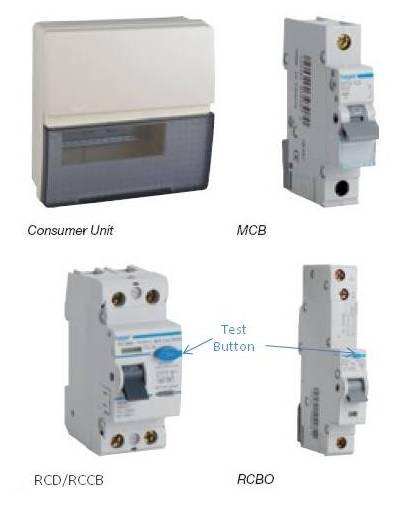I have just replaced a single bulb light with a mains transformer supplier multilight (20 x 10 watt bulbs), a heavy copper wound transformer rather than a small lightweight one. The light works but trips the mcb sporadically when it is switched on. Think the issue is to do with the circuit board and I will need to replace a B for a C switch. I had an issue with this light in a previous house and fixed it by putting a dimmer switch on to give a soft start. Done this here and it has helped but still getting trips. What can I do to resolve? I am not qualified spark but reasonably handy, how difficult is above job and if I am correct should I just get spark in? Rough cost?
Circuit tripping after fitting new light
- Thread starter Baxman
- Start date
Sponsored Links



